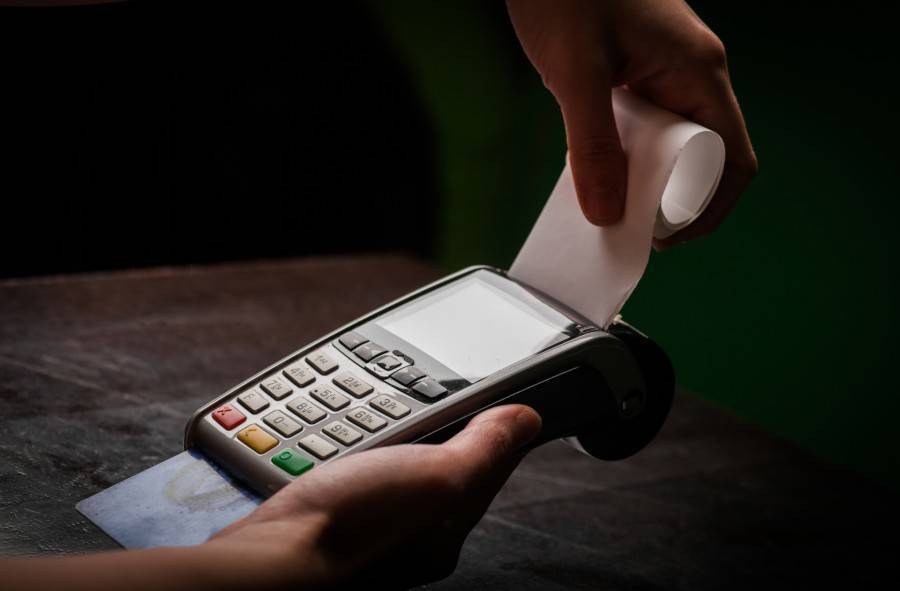You have a system you like at the front desk — one your team follows successfully. Then, you introduced online bookings. Although you’ve seen some awesome benefits, your point of sale (POS) now seems a little out of place. Does this sound familiar?
Everyone’s been talking about the importance of building an online presence. But there still might be guests walking through your door, expecting to book a tour or activity last minute. In fact, we discovered that 56.75% of same-day bookings come from walk-ins or phone calls.
Online, offline, you shouldn’t have to choose one or the other. Some guests like booking on your website whereas others prefer in-person interaction. If you want to deliver an incredible experience all around, it’s best to focus on optimizing both.
That said, you might have to upgrade your POS system to keep up with your online strategy. Instead of treating the two as separate channels, you can create an overlap that works for your business. But where do you start?
Just like looking for the best tour operator software, you should know what you want in advance. So here are some things you should consider for point of sale:
Is it compatible?
Seems obvious, doesn’t it? For your POS system to work seamlessly with your booking software, there has to be an integration available. Of course, this applies to your online payment gateway, too.
Without compatibility, you could run into the same problems as before — like having to enter and reconcile transaction information manually. When your POS payments flow into your other software tools, you get the following:
- more consistent financial reporting
- fewer payment issues during checkout
- the ability to manage everything in one place
What’s the setup time and cost?
Getting started with new business technology often requires an investment of time and money. But you have to draw the line somewhere. So, how much are you willing to spend on either?
By looking at the support docs, you can get a pretty good idea of the setup steps involved. You must then decide whether you can handle them on your own, or will find too challenging. If the latter, check what support services are available that can help you get up and running quickly.
As for cost, there are plenty of fees that might come out of nowhere — especially when different companies provide different components of the POS system. Some of these include:
- Monthly payment of the POS software provider
- Rental fee of the hardware terminal, as well as an annual contract
- Monthly fee from merchant service provider, plus a PCI compliance fee
- Transaction rate for every credit and debit card sale
- Additional charges for international cards and currency conversion
- Extra costs for advanced features, like location management
- Hidden and inflated credit card processing fees
Luckily, there are payment processors that offer a fully integrated POS solution while only charging a competitive transaction rate.
Is it user-friendly?
Think of everyone that will use the POS system. First, there’s your front desk staff. They have to ring up the sales — whether that means taking payments for walk-in and phone bookings, adding new items, giving refunds, or settling remaining balances.
Since they’re already familiar with your current system, there’s going to be a learning curve. In a fast-paced environment, this can be stressful — especially if the card machine has errors. You can ease this transition by making sure the new point-of-sale hardware and software is intuitive and straightforward.
Now, don’t forget about your guests. After all, they’re the ones who experience the other side of your POS system. So they should have personalized options, like being able to pay how they want, with whatever card — contactless, swipe, or chip.
Cloud POS or client-server?
Traditional POS systems have a complicated setup. With a monolithic terminal, networking gear, and a large server in the back room, it’s a clunky hot mess. There are wires everywhere; it takes up space in the store and ties you to the front desk.
On the other hand, cloud-based POS software moves your payment flow through a data center and wireless network. All you have to do is create an account. Whenever there’s an update, it will happen automatically. And you can access your data from anywhere, at any time.
Now, you may be wondering about the security of cloud POS software, especially regarding sensitive credit card information. Well, that brings us to the next point.
Is it safe?
If you accept, store, or transmit credit card information of any kind, you must comply with the data security requirements made by the Payment Card Industry (PCI). In doing so, you can protect your business against fraud while safeguarding your guests’ data.
Most POS software providers are PCI compliant, but you should always double-check. For instance, using end-to-end encryption tells you that your guests will be able to make a safe transaction every time. But also, look to see if they keep up the pace with evolving hacking methods.
That said, you might not be fully PCI compliant, just because your POS software is. There are things you must do on your end — like having a secure wifi network — to create a safe payment ecosystem for your business and guests.
*Note: Businesses in the European Economic Area (EEA) should also check if the POS system is SCA compliant.
What are the features?
A gift basket is great because it offers a range of goodies in one package. Software as a service (SaaS) is the same — there’s often a lot of extras included, depending on your plan. So what are some POS features you should look for?
- Inventory management
- Customizable receipts and display screens
- User accounts and permissions
- Reporting and analytics
- Card reader management
- Customer management and profiles
- Team management
- Invoice sending and tracking
- Loyalty programs
- Offline payments
- Multi-location
- Flexible API and SDKs
- Multiple reader choices
- Gift certificates and discounts
- Quick and predictable payouts
Final thoughts
A new POS system should check off all of the above — or at least come pretty close. But most importantly, it should scale with your business. At any point, you should be able to add more staff, registers, sales channels, and locations.
With this in mind, it’s best to chat with a sales representative to make sure you get exactly what you need for your tourism business. There are tons of options available, and we’re always happy to make recommendations as well.
Turns out, we have just the POS solution for you: The Stripe Terminal.
Fully compatible with Checkfront Payments, it’ll make taking booking payments easier than ever.

Start using the Stripe Terminal!
POS hardware that’s compatible, easy to set up, safe, cloud-based, user-friendly, and feature-packed.



